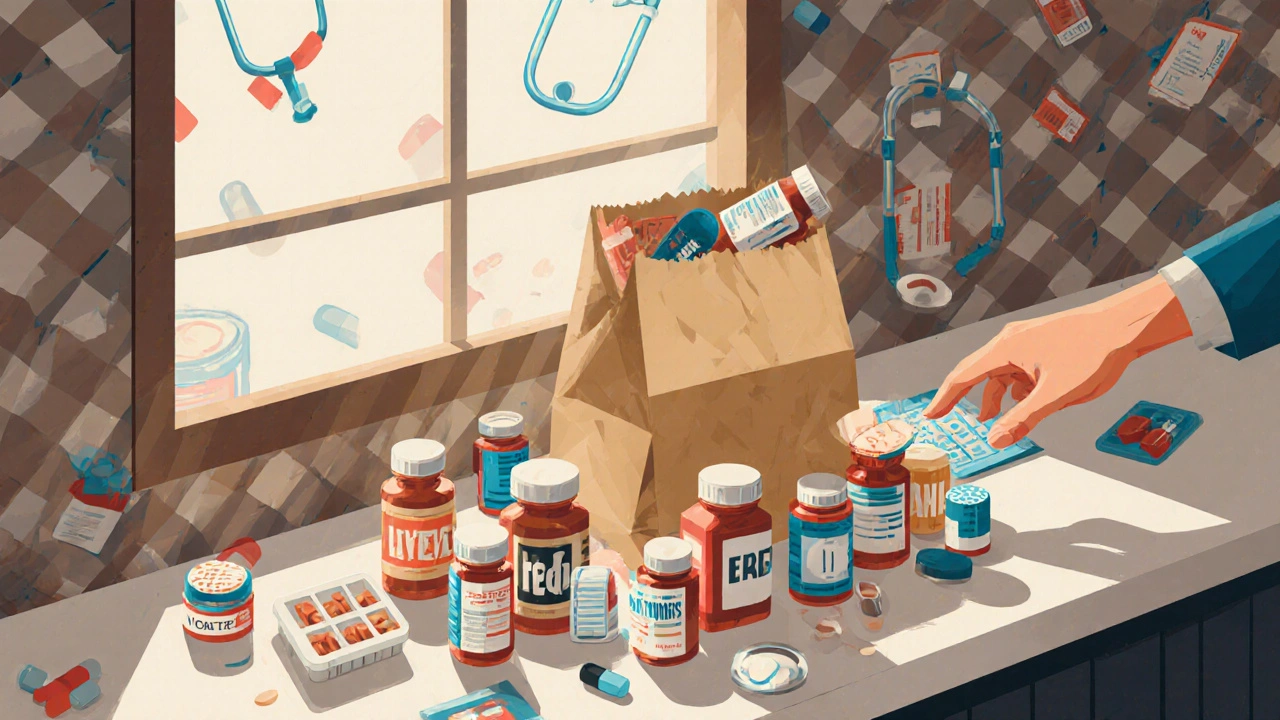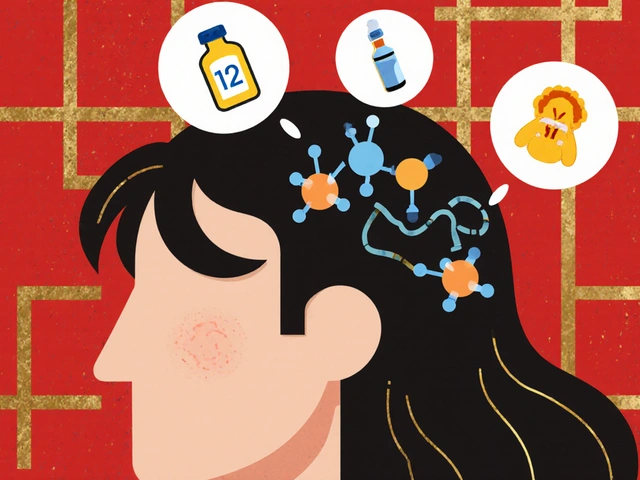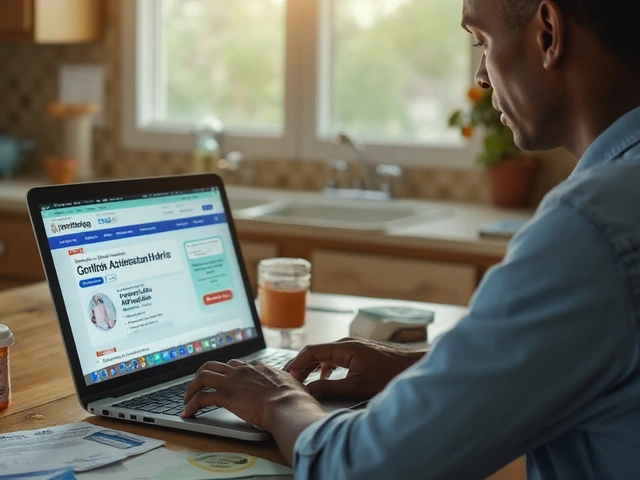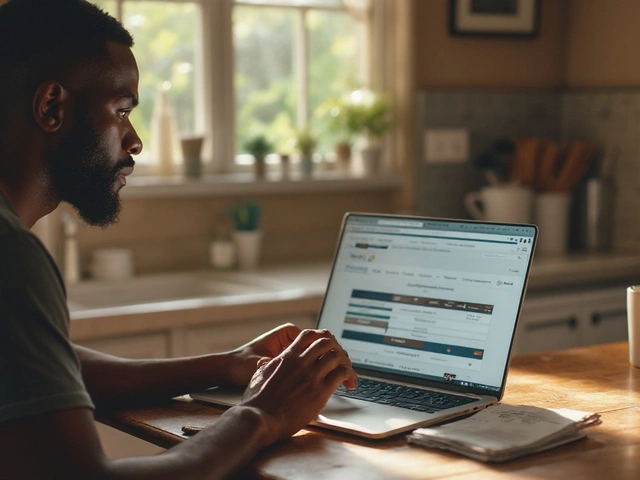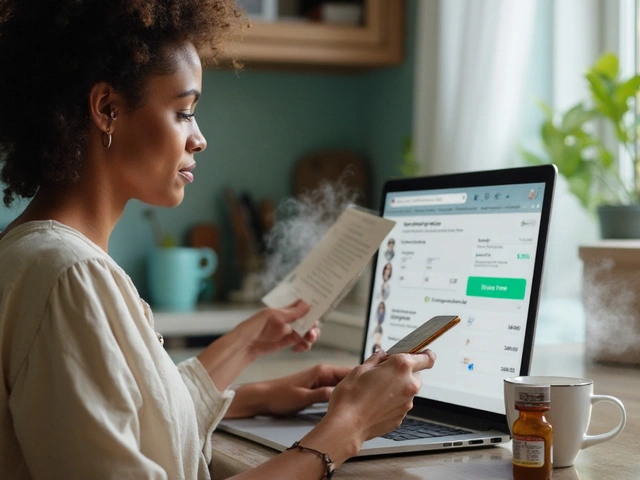Medication Reconciliation: What It Is and Why It Saves Lives
When you switch doctors, get discharged from the hospital, or start a new prescription, medication reconciliation, the process of comparing a patient’s current medication list with newly ordered drugs to catch errors. Also known as drug reconciliation, it’s not just paperwork—it’s a safety net that stops deadly mistakes before they happen. Think of it like double-checking your bank statement: if you’re taking ten pills and someone adds three more without knowing what you’re already on, you could end up with dangerous overlaps, missing doses, or toxic combinations.
This isn’t theoretical. A 2021 study in the Journal of Patient Safety found that over 70% of medication errors at hospital discharge happened because no one checked what the patient was really taking at home. One man got prescribed a new blood thinner while still on his old one—his wife had thrown out the old bottle, so the hospital didn’t know. He bled internally and nearly died. Another woman took her diabetes pill and a new painkiller that dropped her blood sugar to dangerous levels. Neither case was caught because no one sat down with her full list—just the ones written on the clipboard.
Drug interactions, harmful reactions between two or more medications are the most common threat. Many people don’t realize that over-the-counter stuff like ibuprofen, antacids, or even ginseng can clash with prescriptions. Pharmacy safety, the systems and checks pharmacies use to prevent harmful errors relies on accurate lists too. Pharmacists can’t catch a problem if the list they’re working from is outdated or incomplete. And patient safety, the practice of preventing harm during medical care starts with knowing exactly what’s in your body.
Medication reconciliation isn’t just for hospitals. It matters every time you see a new doctor, fill a prescription, or get home from rehab. It’s the moment you hand over your pill organizer—or your phone photo of all your bottles—and say, "This is what I’m actually taking." Too many people skip this step because they think, "I know what I’m on." But memory fails. Labels get lost. Pills look alike. A pill you stopped taking six months ago might still be in your cabinet—and your doctor might not know you stopped.
The posts below show real examples of what happens when this step is missed—or done right. You’ll find guides on how to read your own medication guides to spot overdose risks, how to safely stop drugs like timolol without triggering rebound effects, and why splitting pills can lead to contamination if not done carefully. There’s advice on avoiding allergic reactions to topical meds, understanding how generics are tested to be safe, and even how to cut costs on expensive injectables without risking your health. You’ll see how gut health ties into medication side effects, how sleep meds can mess with your brain chemistry, and why some people with "sulfa allergies" are wrongly told to avoid safe drugs.
These aren’t just stories. They’re lessons from people who lived through medication errors—and the experts who fixed them. Whether you’re managing chronic pain, diabetes, heart disease, or just trying to keep your pill routine straight, medication reconciliation is the first line of defense. Don’t assume someone else is checking. Do it yourself. Bring the list. Ask the question. It might save your life.
